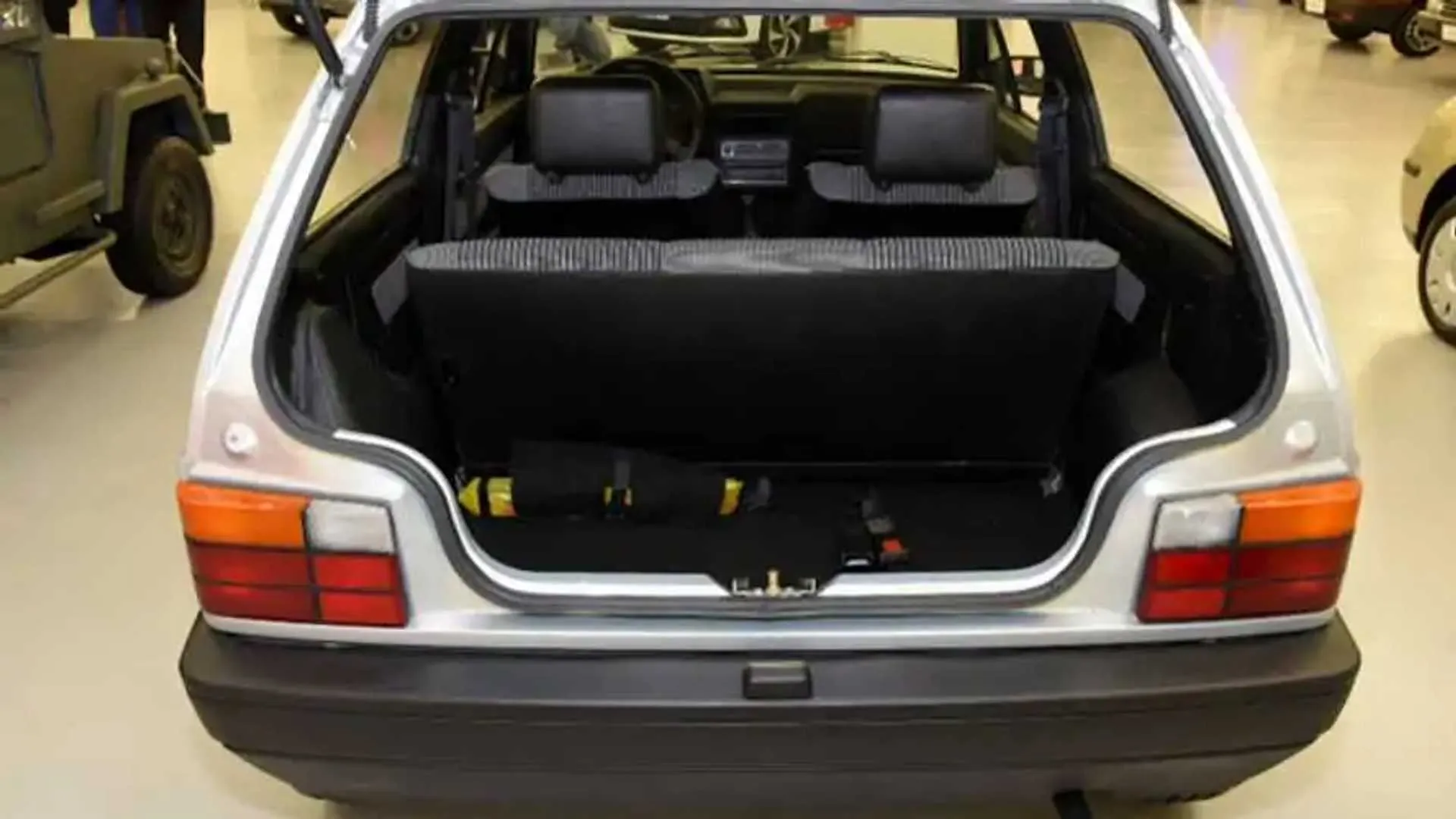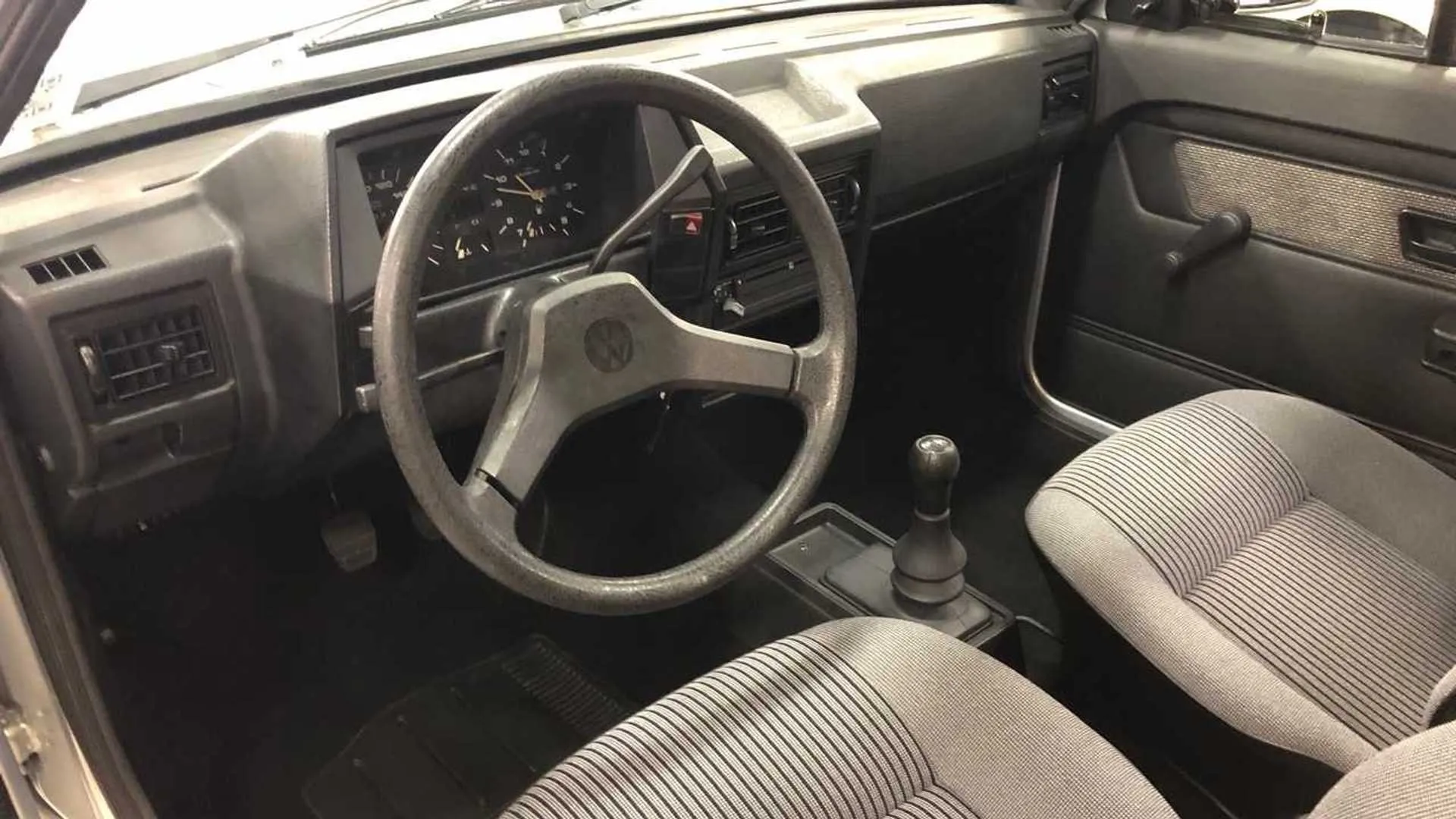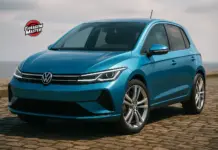If you are passionate about classic cars or automotive history, you must have come across a car project that never made it to the stores. These are the famous “stillborn cars”, models that, for some reason, did not succeed, but that, over time, ended up becoming legends. In Brazil, one of the greatest examples of this is the VW BY, a Volkswagen project that had the ambitious mission of being a subcompact, cheaper and simpler, below the Goal, but which never reached mass production. After more than 30 years, the project re-emerged as one of the great attractions of the VW Garage, a special collection of the brand, located in the factory warehouse of Anchieta, in São Bernardo do Campo (SP), which is home to many of the brand's classics.
This car, which could have been the natural successor to models like the beetle and even of the TL, never got off the ground, but it is proof that Volkswagen has always been ahead of its time in terms of innovative ideas. And today, by revealing the project for the BY, the brand not only revives an important piece of its history, but also makes you think about what the Brazilian automobile market could have been if the model had gone ahead.
In this article, we will explore in detail what the VW BY, what caused it to be canceled and why it still arouses the curiosity of fans and enthusiasts of the automotive industry. Get ready for a true journey through time, where we will see how Volkswagen thought about reinventing the entry-level car in Brazil and the reasons why this project did not work out. Let's get started!
O BY: What Was That Car?
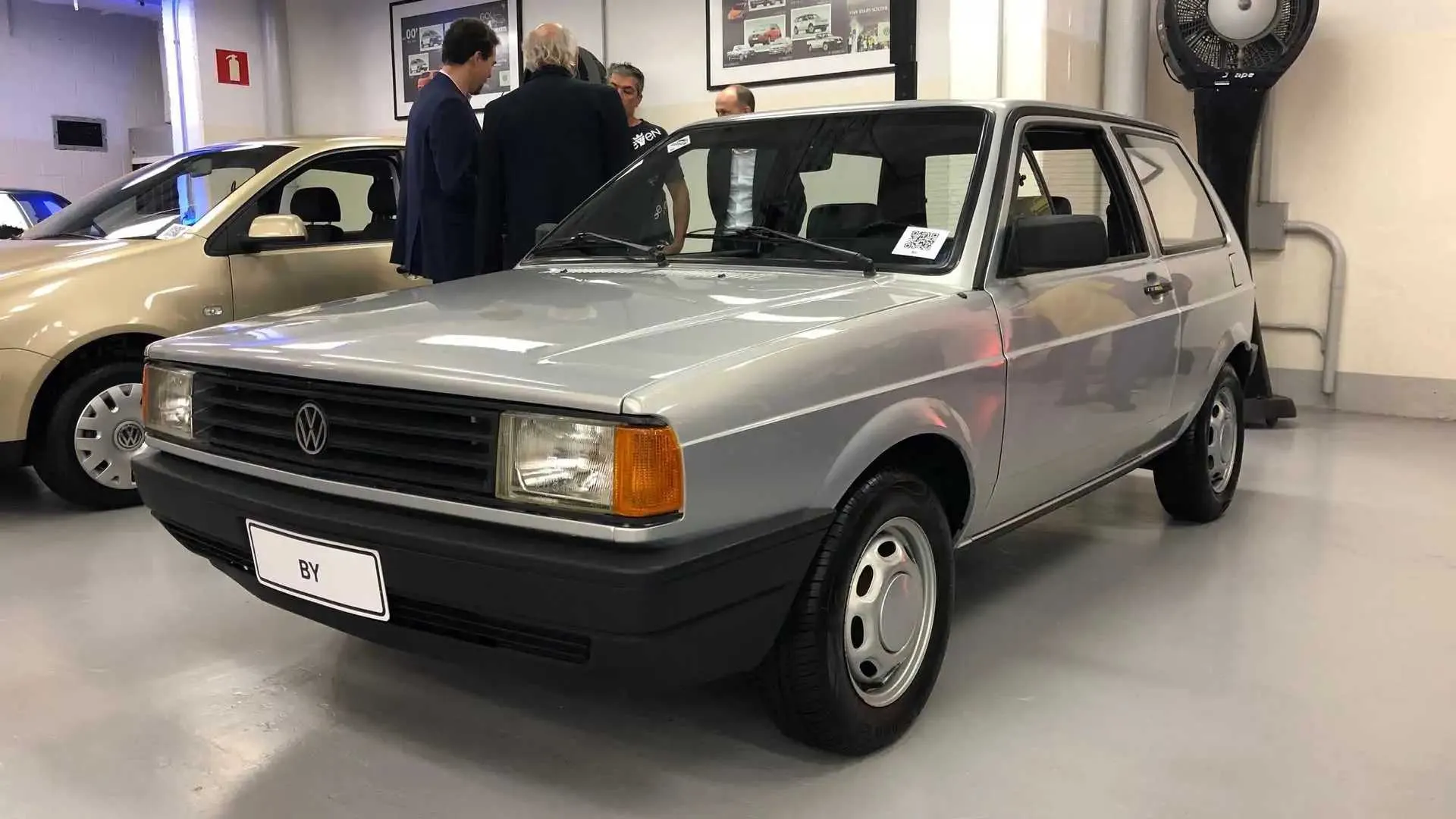
When Volkswagen began development of the BY, the scenario in the Brazilian market was very different from what we have today. The Goal was already an absolute sales success, having gained a solid consumer base throughout the country. However, Volkswagen wanted to expand its line and create a more affordable model, which would be below the Goal and reach an even wider audience. The idea was a simpler car, with a focus on cost-benefit, but which was capable of incorporating some innovations of the time, such as the design and the technology.
O VW BY was basically a leaner version of Goal, keeping several features in common, but also bringing technological solutions that, if implemented, would make it a model ahead of its time. The front of the model, for example, was practically a copy of that of the Goal, but with some subtle changes. The rear, with a short swing, meant that the trunk had to be sacrificed. The solution to this was a sliding rear seat, something that would only be seen in Volkswagen cars more than 15 years later, with the Fox.
Furthermore, the BY had a glued windshield directly to the body, something that would also become standard in several models in the following years. This more modern solution not only brought aesthetic benefits, but also helped to reduce manufacturing costs, something crucial for an entry-level car.
The Context of Development
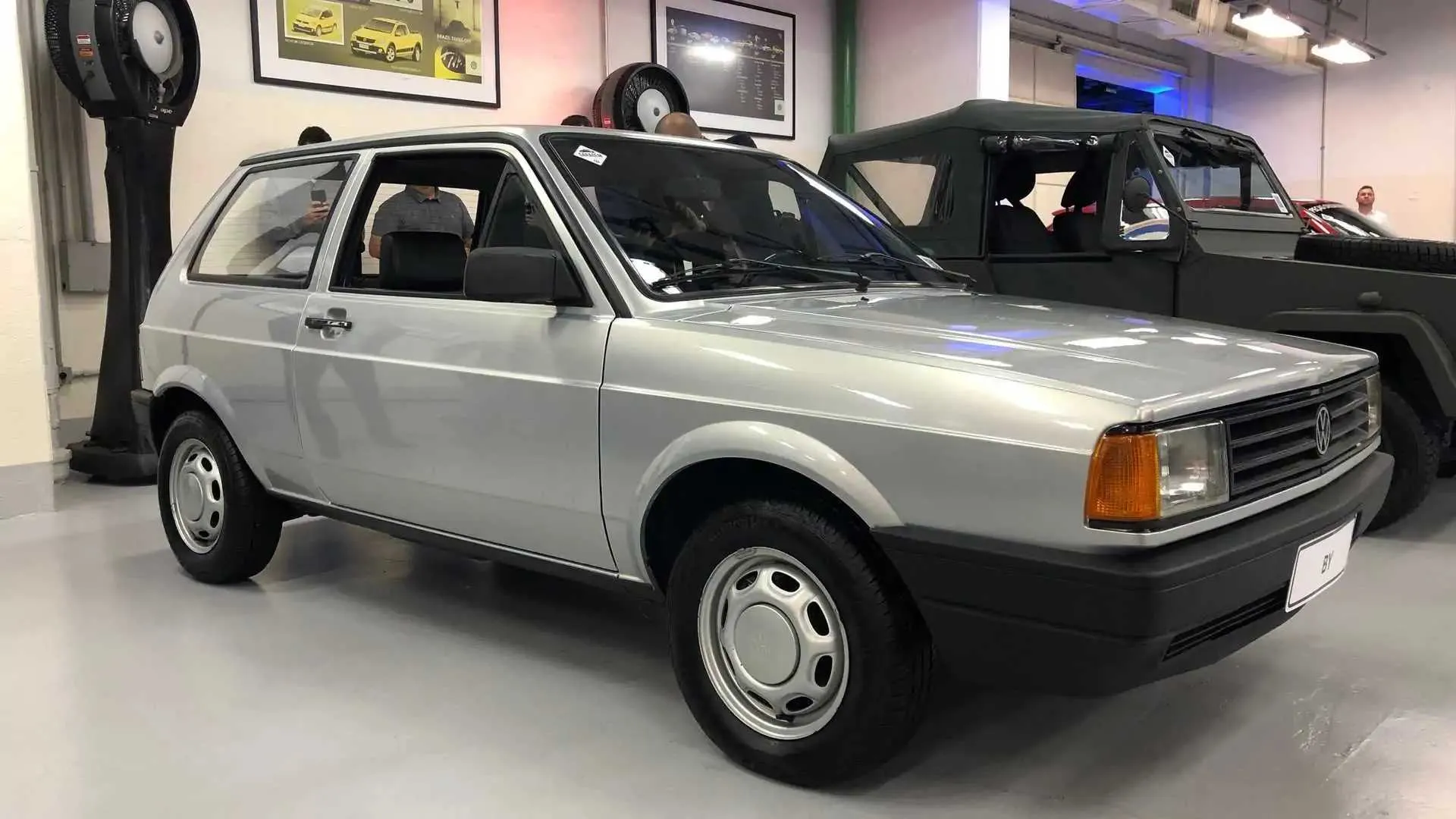
During the 1980s, Brazil was going through a period of economic transition. The market was adapting to new consumer demands, who wanted more technology It is comfort, but without giving up affordable prices. The Volkswagen, which was already a sales leader, wanted to expand its line even further, and the BY emerged as the answer to this growing demand for cheaper cars with more options in their portfolio.
However, the project was not an easy task. The BY was supposed to be a simple and cheap model, but the innovative solutions that Volkswagen wanted to implement ended up making the project more expensive than expected. The use of rear suspension of export Voyage for the US, for example, it was a bold choice, but it increased production costs due to the different anchor points Goal, which made the price of BY be higher than necessary for an entry-level car.
Another factor that hindered the project was the design of the car. The use of AP-1.600 engine from the BX family (present in models such as the Goal, Voyage It is Parati) made the car look disproportionate, with the front apparently more robust than the rear, creating an unbalanced look that did not please either the designers or the brand's executives.
The Innovations of VW BY

Despite the challenges, the BY brought some innovations that deserve to be highlighted. One of the biggest attractions was the proposal of preserve trunk space, something that was not common at the time, especially in compact models. As the car had a very short rear overhang, the space in the cargo compartment would be compromised. However, Volkswagen decided to adopt the concept of a sliding rear seat, a solution that would be applied to models such as Fox in 2003.
Furthermore, the BY used a glued windshield to the body, which resulted in greater rigidity for the structure and reduced noise. This technology would later become common in many models in the automotive industry, but in the context of BY, it was quite an innovation.
These solutions, although revolutionary for the time, were unable to save the project from its fate of being shelved. But they undoubtedly showed how advanced Volkswagen was in planning new models.
Cancellation and Legacy
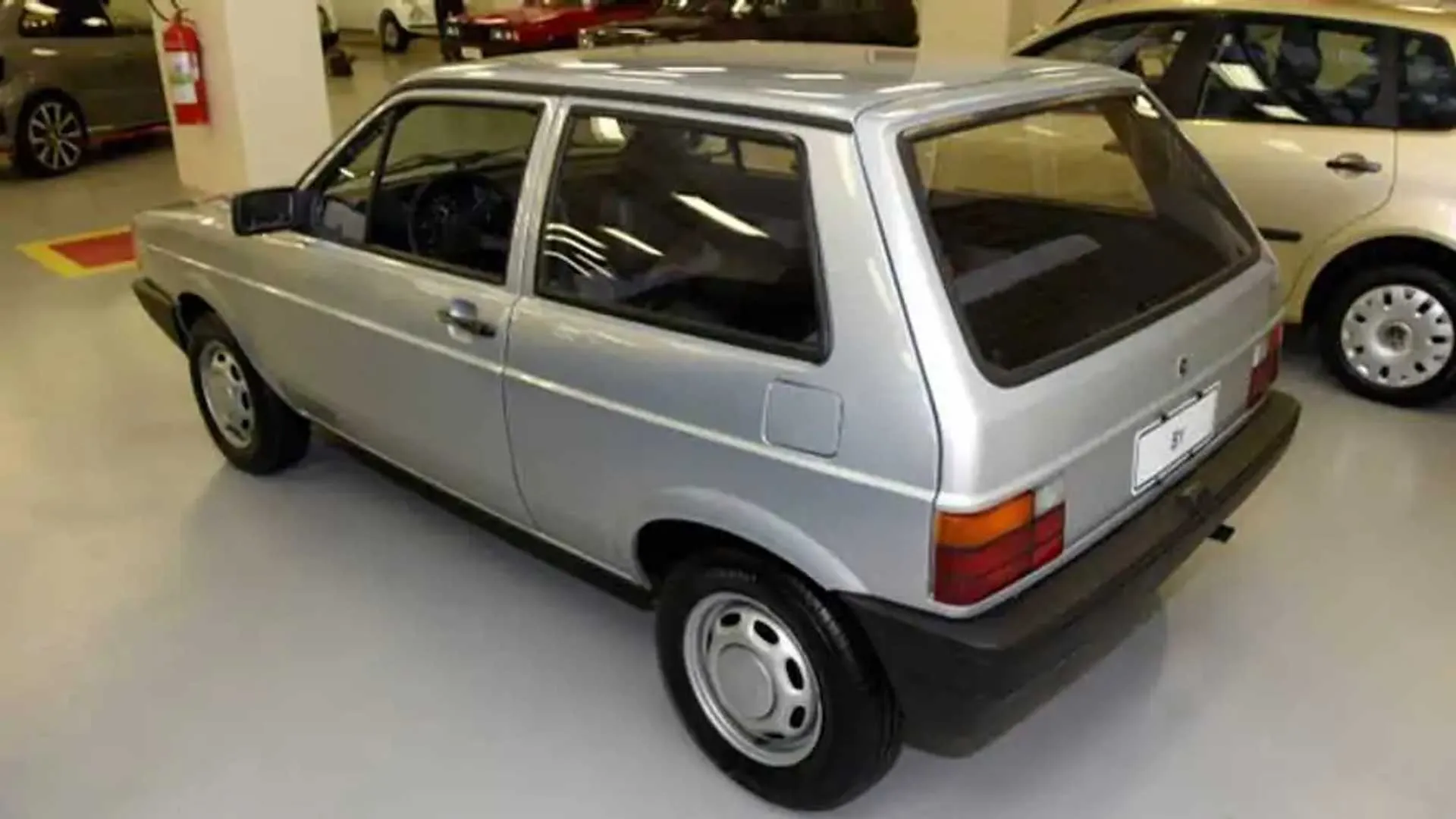
Despite the innovations and having been a project with great potential, the BY never reached the market. In 1987, the project was officially cancelled, and the Volkswagen preferred to focus its efforts on producing other models, such as the Goal and Voyage, which were already successful. The BY was left aside and stored in the factory facilities of Anchieta, where it remained until it was rediscovered decades later.
Interestingly, the project BY was not completely destroyed. A prototype unit of the model survived the test of time and, after being revealed by Volkswagen, became one of the highlights of the VW Garage, the brand's collection of classic cars. This vehicle not only represents what a new entry-level Volkswagen car could have been, but is also a time capsule that shows the brand's potential for innovation in the 1980s.
Today, the VW BY is a classic example of how the automobile industry has its idiosyncrasies and how projects can be canceled for economic, market or even visionary reasons. But it is undeniable that the BY left its mark on Volkswagen's history, and the revelation of the project only increases the fascination with these stillborn models.
Conclusion: What We Learned from the VW BY?
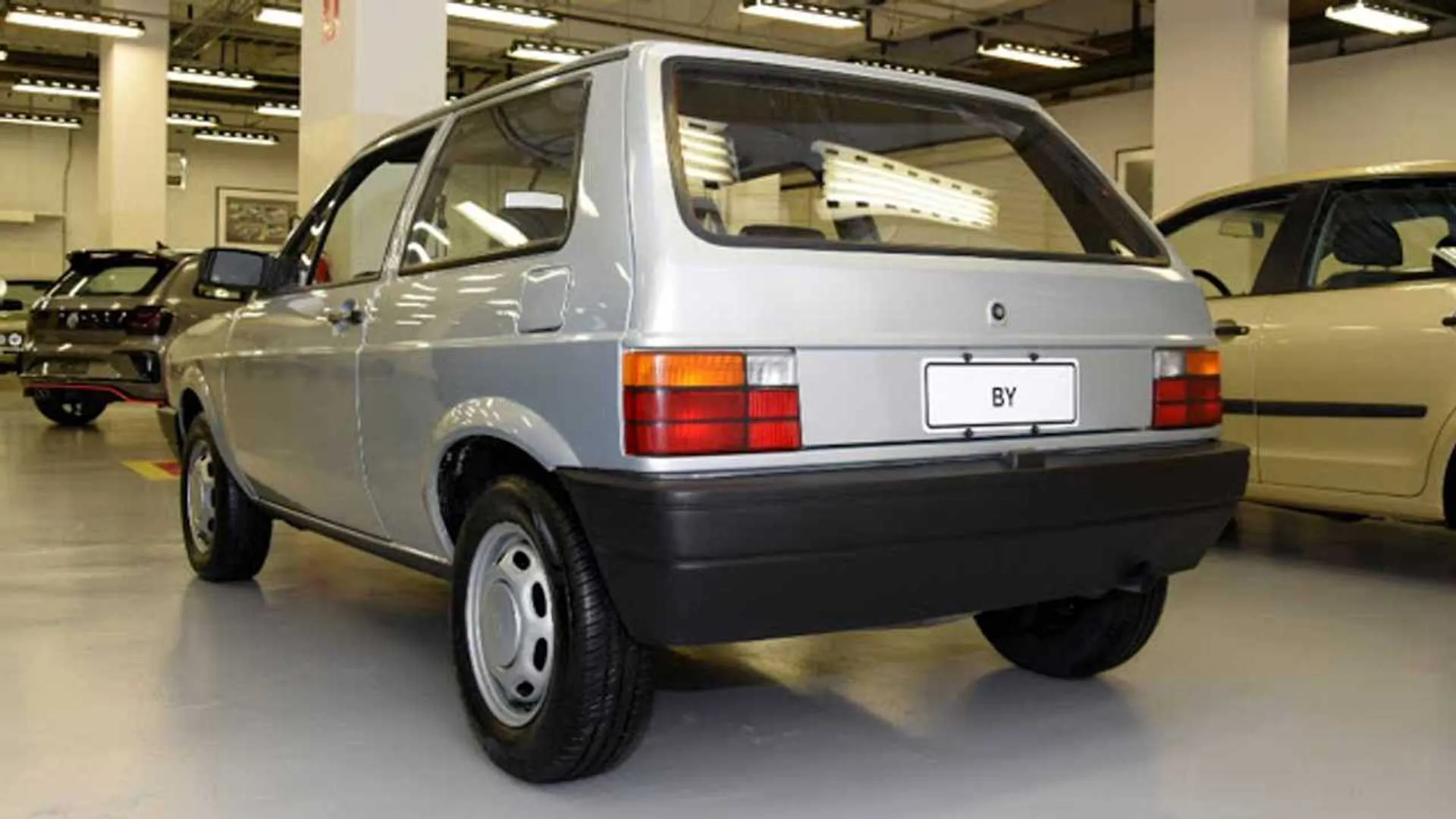
O VW BY is, without a doubt, one of the most curious and fascinating stories in the automotive history of Brazil. He could have been the sub-goal of the 1980s, a cheaper and more accessible model for market entry, but, due to a series of factors, it failed to materialize. What remains of the BY It is a unique prototype that, today, represents not only what could have been, but also the innovative spirit of Volkswagen, which has always sought to offer creative solutions to its consumers.
When looking at the VW BY, you can reflect on how the stillborn cars carry within them the potential to change history. Even if the project has been shelved, the innovative ideas and solutions of the BY influenced the industry in many ways. And, who knows, if the project had moved forward, the Brazilian market could have become even more competitive, with a more affordable entry-level model and technologies that would only appear in more expensive models many years later.
Although the VW BY never saw the streets, he left an important legacy, reminding us that in the world of cars, some of the best ideas can sometimes never get off the ground.
